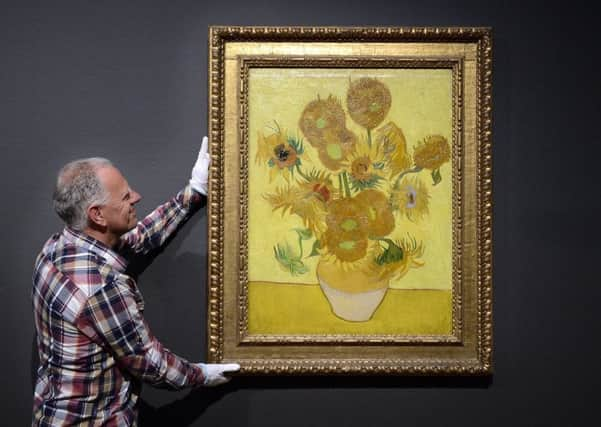Kevin Buckle: Why are we still funding weird, highbrow art?


This money covers a three-year-period and is meant to give arts organisations some stability in their planning but with a reduced pot – thanks in no small part to less income from the lottery – the number of successful applicants will be lower than ever.
What this news did do is make me wonder what happened before the lottery. Obviously the arts were managing before this windfall began, so what happened when this vast amount of extra money became available?
Advertisement
Hide AdAdvertisement
Hide AdNow I did know of one rather sad example of throwing money at a project in the early lottery days and that was the National Centre for Popular Music in Sheffield.
Some £15 million of mostly lottery money was spent opening a museum for contemporary music and culture in March 1999 and despite spending another £2m on a relaunch, it was closed by June 2000.
It goes without saying my own plans for something not dissimilar in name in Edinburgh will be very different in content and we won’t be charging £21 for a family of four or employing 79 staff! I’m sure there must have been other wasteful projects too.
Generally what seems to have happened is the previous government and council funding has dropped over the years and the lottery has taken over. I say “seems” because despite extensive enquiries I haven’t actually been able to ascertain exactly what has happened with funding over the years.
Advertisement
Hide AdAdvertisement
Hide AdI have always felt that should the lottery proceeds have been spent on the health service, for instance, then there was far more chance of a wide range of people benefitting than just those interested in the arts.
The stats that apparently show more than 90 per cent of people take part in the arts are disingenuous to say the least. To have taken part you have to only participate once a year. It also includes blockbuster movies, bestselling books and pantomimes, while the lottery money is regularly given to classical music, opera and art galleries.
While the funding before the lottery was to a large extent based on the merit of the arts, lottery funding is far more concerned with benefit to the community.
Quite how so much money goes to what many would consider highbrow art is a mystery and how the purveyors of weird experimental music involve the local community I’m not sure about at all – but they certainly claim to.
Advertisement
Hide AdAdvertisement
Hide AdI’m a great believer in young people being given a chance to take part in the arts at school and understand the benefits people of all ages feel from creating art.
But, in these days when there is clearly not enough money to go around, we may have to draw the line at financing the creation and display of art for what is essentially a fairly small number of people.
I’m well aware of all the figures showing the financial benefits of culture to the economy and this is indeed a relevant argument.
For instance, the statement that for every £33m invested in regularly funded organisations, £110m of matched funding comes in from other sources may well be true.
Advertisement
Hide AdAdvertisement
Hide AdBut if that simply means you give the highbrow arts money and then others more than triple that, it is still not reaching the majority of people.
It has been shown there is actually a social benefit to going out shopping rather than sitting behind a computer or on a phone ordering everything. Shoppers benefit from the social interaction and simply getting out the house. Maybe funding would be better directed dealing with the collapse of the high street!
Currently the art world’s idea of being businesslike is balancing the books by being involved with those that have attracted funding.
For some the idea that projects and exhibitions should actually generate a decent income is seen as vulgar.
Advertisement
Hide AdAdvertisement
Hide AdIt is well documented in history that artists were not always appreciated in their lifetime and that’s the argument used for supporting thsoe today who can’t support themselves commercially.
But, given the need to balance public spending, is that a price that we can afford pay?